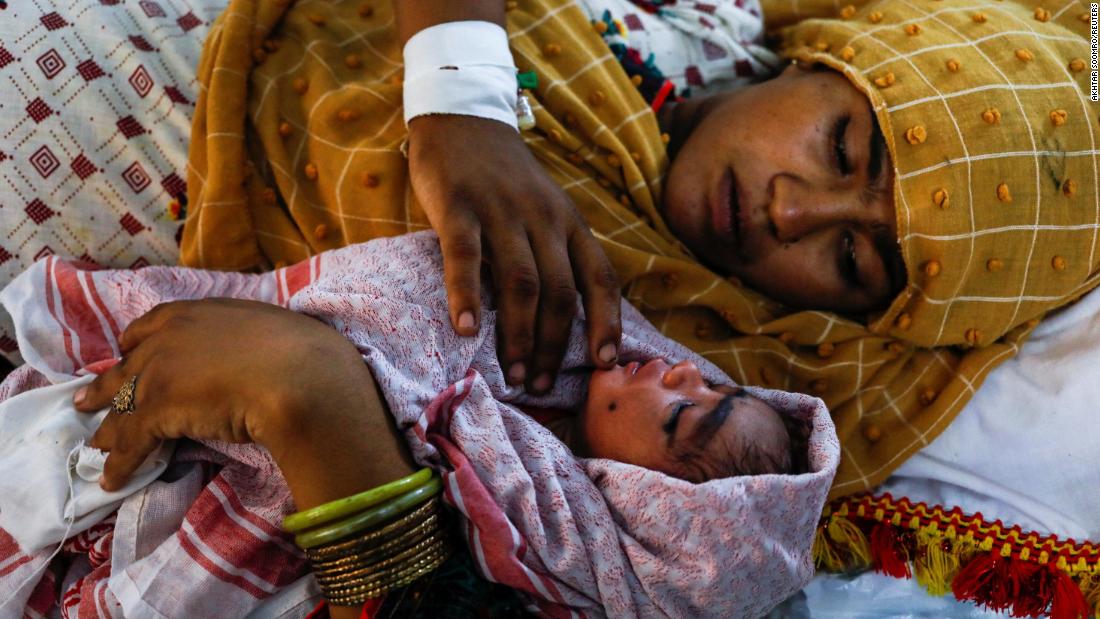
That estimate came as the country’s National Disaster Management Authority updated the death toll from the floods since mid-June to 1,545 people, 552 of them children.
Meanwhile, officials in the country warn that toll is likely to rise as deaths are being under reported and diseases like dengue fever are on the rise.
Azra Pechuho, health minister for the southern Sindh Province — one of the hardest hit areas where many schools and other facilities remain shut, said there was now a “state of emergency” caused by the vast amount of standing water, which provides the perfect breeding conditions for Aedes mosquitoes to spread the dengue virus.
“Girls and boys in Pakistan are paying the price for a climate disaster not of their making,” Fadil said.
“Young children are living out in the open with their families with no drinking water, no food and no livelihood — exposed to a wide range of new flood related risks and hazards,” Fadil said. Mothers, many exhausted, anemic and malnourished, were also unable to breastfeed their babies.
“Vital infrastructure … has been destroyed and damaged, including thousands of schools, water systems and health facilities,” he added.

